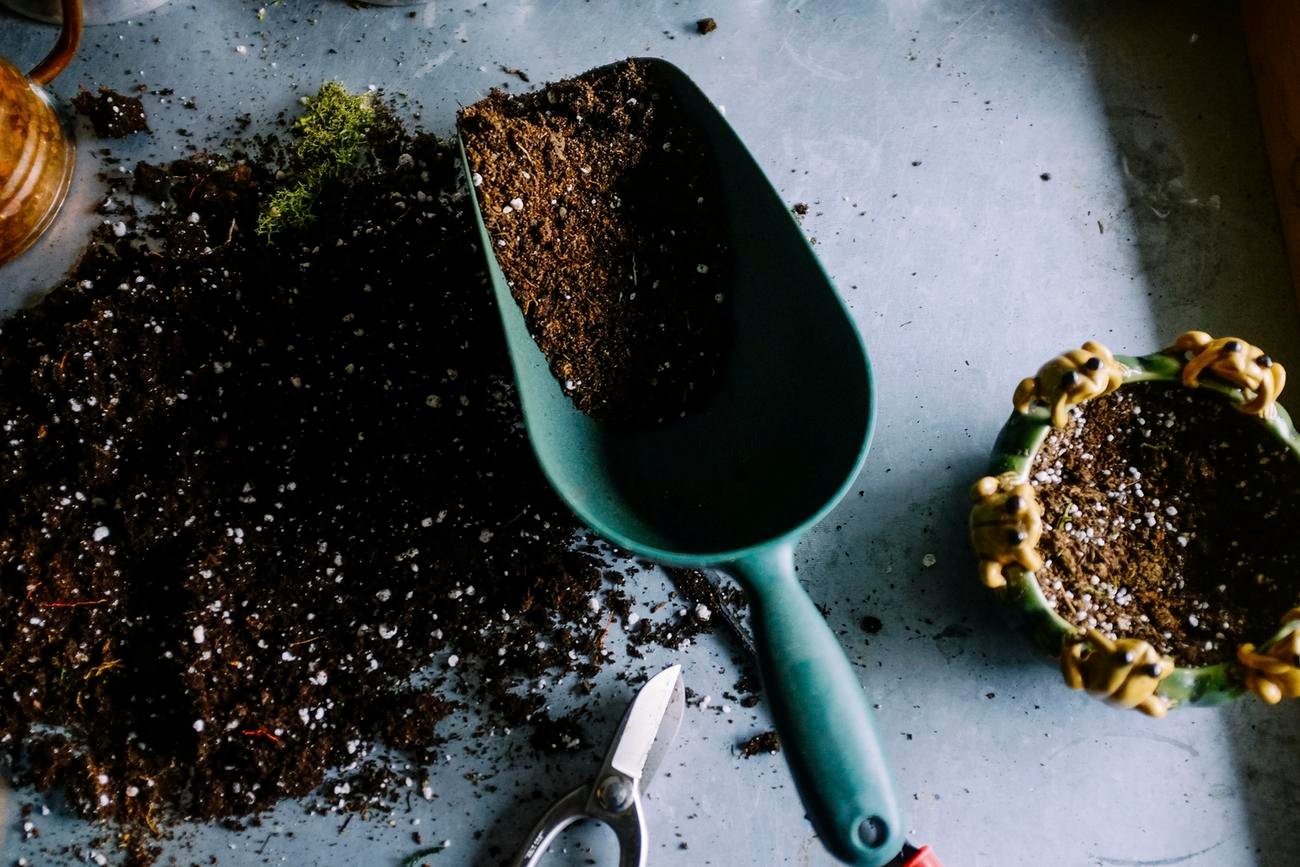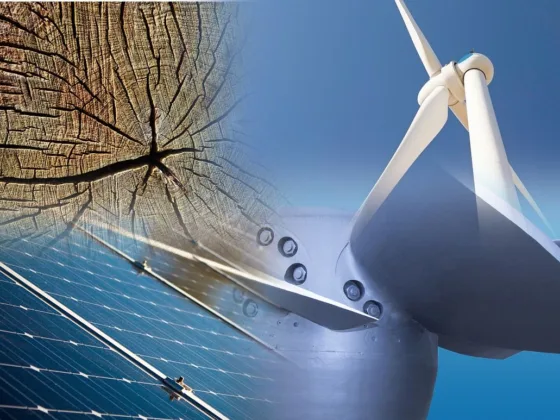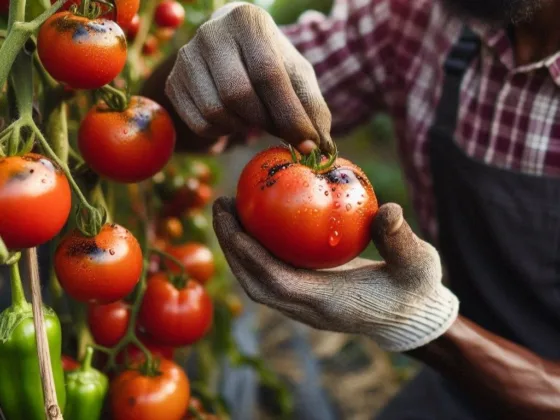Table of Contents Show
In the quest to maximize yield and maintain soil health, farmers often turn to the potent tool of fertilization. Fertilizers, however, must be used judiciously to prevent the depletion of natural resources and ensure a sustainable future for agriculture.

The concept of sustainability is not only about ecological balance but also involves improving farming productivity and profitability in the long run. Let’s explore some of the sustainable fertilizer practices you can implement on your farm.
The Concept of Integrated Nutrient Management
Integrated Nutrient Management (INM) is a balanced approach that combines the use of organic and inorganic fertilizers to replenish soil nutrients while minimizing environmental damage.
It involves the application of the right amount of nutrients at the right time, based on soil testing and the crop’s nutrient needs. INM promotes soil health, increases productivity, and aids in preserving biodiversity.
Read Also:
Organic Matter: The Soil’s Natural Fertilizer
Adding organic matter to the soil is one of the most sustainable ways to improve soil fertility.
Organic matter, such as compost, manure, or cover crops, improves soil structure, enhances water-holding capacity, and provides a wide range of nutrients.
The breakdown of organic matter by soil organisms also contributes to nutrient cycling, releasing nutrients slowly over time to meet the needs of growing crops.
The Role of Cover Crops
Cover crops are plants grown not for harvest, but for the purpose of ‘covering’ the soil when it would otherwise be bare. They play a significant role in nutrient management.
Cover crops, particularly legumes, can fix atmospheric nitrogen into a form that plants can use. They also help prevent soil erosion, improve soil structure, and increase organic matter.
Additionally, cover crops act as a sink for excess nutrients, preventing nutrient leaching and runoff.
Precision Fertilizer Application
With the advancement of technology, precision farming is becoming increasingly accessible. Precision fertilization involves applying fertilizers based on real-time data about the soil’s nutrient status and the crop’s needs.
This approach can be facilitated by GPS technology, soil sensors, and data analysis tools. Precision fertilization not only reduces waste and environmental impact but also optimizes crop yield and farm profitability.
Using Nitrogen Fertilizer Liquid for Efficient Uptake
Liquid fertilizers, including nitrogen fertilizer liquid, offer immediate nutrient availability to plants and allow for precise application.
This form of nitrogen fertilizer can be sprayed directly onto plant leaves, leading to quicker nutrient absorption.
Also, they can be applied in precise amounts to the areas where they are most needed, reducing wastage and runoff into nearby water sources.
Keep in mind, however, that liquid fertilizers need more frequent application. It’s also crucial to ensure that you’re applying the correct amount to avoid nitrogen volatilization and leaching, which can harm the environment.
Fertilizer Timing and Crop Needs
The timing of fertilizer application can significantly affect nutrient efficiency and crop yield. For instance, applying fertilizer when the crop demand is highest will lead to better nutrient uptake and less nutrient loss.
Also, consider the type of crop: some crops are heavy feeders and require more nutrients, while others are lighter feeders.
Recognizing the different nutrient requirements of crops and tailoring your fertilization practices accordingly is a step towards sustainable farming.
The Balance of Nutrients
A balanced nutrient application is vital for crop health and yield. While nitrogen, phosphorus, and potassium are the primary nutrients, crops also require secondary and micronutrients such as calcium, magnesium, and zinc.
Unbalanced nutrient application can lead to nutrient deficiencies or toxicities, negatively affecting crop health and productivity. Regular soil testing will help maintain a balanced nutrient supply to your crops.
The Future of Sustainable Fertilizer Practices: Green Technologies
As the world shifts towards sustainability, green technologies in fertilizer manufacturing and application are emerging. These include slow-release and controlled-release fertilizers, nano-fertilizers, and bio-fertilizers.
These technologies aim to improve nutrient efficiency, reduce environmental pollution, and create a sustainable agricultural system.
Nutrient Management Plans
A nutrient management plan (NMP) is a strategic approach that farmers can use to ensure they’re applying fertilizers in a way that meets crop requirements while reducing the risk of nutrient runoff.
A comprehensive NMP includes regular soil testing, precise fertilizer application, and monitoring of crop health. This practice enhances crop productivity and reduces environmental impact.
Sustainable Fertilizer Storage and Disposal
Proper storage and disposal of fertilizers are also essential for sustainability. Improper storage can lead to nutrient loss and environmental pollution. Always store fertilizers in a cool, dry place, away from water sources.
For disposal, always follow local regulations. If possible, opt for biodegradable bags or containers that reduce waste.
Involving Community in Sustainable Practices
Sustainable practices are more effective when the entire community is involved. Share your knowledge and experiences with fellow farmers and encourage them to adopt similar practices.
Engage local farming organizations or groups to promote sustainable fertilizer use at a community level.
Embracing Digital Farming Solutions
New digital farming solutions are revolutionizing the way we approach farming.
From soil sensors that monitor nutrient levels to apps that calculate fertilizer needs based on crop type, these tools can significantly enhance the efficiency and sustainability of your fertilization practices.
Conclusion
Adopting sustainable fertilizer practices is a critical step toward ensuring long-term productivity and environmental stewardship in farming.
It’s about striking a balance—providing the necessary nutrients to enhance crop yield and quality while protecting the soil, water, and overall ecosystem.
Implementing practices such as integrated nutrient management, precision application, and efficient storage and disposal of fertilizers, coupled with the use of innovative tools like nitrogen fertilizer liquid and digital farming solutions, can lead to significant improvements in farm sustainability.
Moreover, the benefits of these sustainable practices extend beyond the individual farm. By sharing knowledge and experiences, farmers can influence broader community practices, contributing to a more sustainable future for agriculture at large.
Remember, sustainable farming is a journey that requires constant learning and adaptation. Stay open to new technologies and research, listen to the land, and adjust practices accordingly.
Your farm’s productivity today and its legacy for future generations depend on the choices you make now. Be a part of the solution for a more sustainable future in agriculture.










